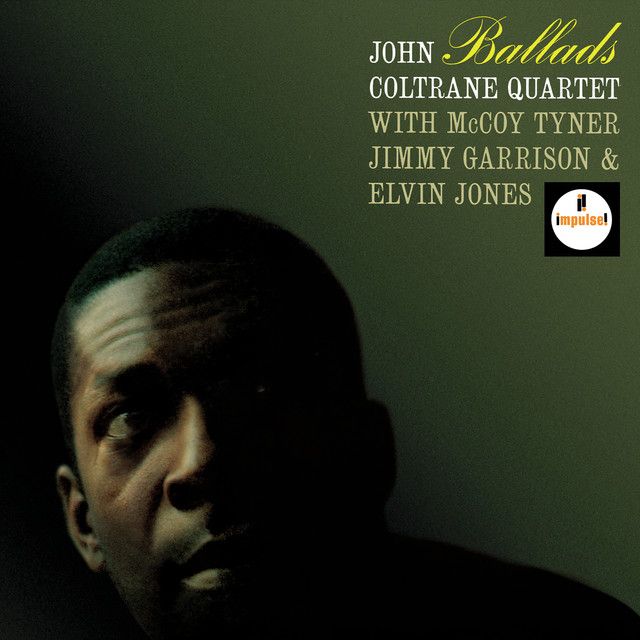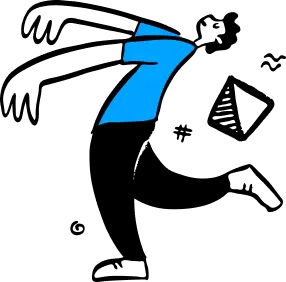
Some of John Coltrane Quartet's most popular songs include It's Easy To Remember, Nancy (With The Laughing Face), Say It (Over And Over Again). These tracks have impressed fans and helped cement their place in the music industry.
Bebop

Upcoming John Coltrane Quartet Tour

1960 was a major turning point for John Coltrane (born September 23, 1926, died July 17, 1967). It was in 1960 that the big-toned saxophone giant left Miles Davis' employ for good, made modal jazz (as opposed to hard bop) his main focus, and formed a highly influential group of his own. That group was the New York-based John Coltrane Quartet, whose original lineup included Trane on tenor and soprano sax, McCoy Tyner on piano, Elvin Jones on drums, and Steve Davis on bass. Davis didn't stay long; Coltrane went through a few more bassists (Art Davis and Reggie Workman) before hiring Jimmy Garrison in 1961. Like his former employer Miles Davis, Coltrane was a very restless musician who was determined to forge ahead -- and his 1960-1965 quartet did exactly that. In the 1950s, Coltrane's main focus had been hard bop -- "Giant Steps," recorded in 1959, is considered bop's ultimate blowing tune. But it was also in 1959 that Coltrane was prominently featured on Davis' influential modal classic Kind of Blue, and the saxman took the modal plunge in a major way when he became a full-time group leader in 1960. That year, Coltrane's new quartet recorded My Favorite Things, an Atlantic release that did as much to popularize modal playing as Kind of Blue. My Favorite Things' title track is considered a definitive example of modal post-bop, as are "Impressions," "Equinox," "Miles' Mode," and other gems that Coltrane's quartet unveiled in the early '60s. Coltrane, who moved from Atlantic to Impulse! in 1961, occasionally augmented his group; reedman Eric Dolphy, for example, was briefly on board in 1961. But for the most part, Coltrane favored a quartet format from 1960-1964 -- and that quartet was amazingly influential. In the early to mid-'60s, John Coltrane Quartet's modal explorations influenced everyone from saxophonists Wayne Shorter, Joe Henderson, and Jackie McLean to trumpeter Freddie Hubbard and organist Larry Young. It was in 1965 (the year after Coltrane's quartet recorded the spiritual A Love Supreme for Impulse!) that he opted for another change of direction. The saxman started to explore atonal free jazz -- a shift that signaled the end of his modal period as well as the end of the famous Coltrane/Tyner/Garrison/Jones lineup. But the quartet's influence never went away; anyone who has played modal jazz, past or present, owes a debt of gratitude to John Coltrane Quartet. ~ Alex Henderson, Rovi
Read more1960 was a major turning point for John Coltrane (born September 23, 1926, died July 17, 1967). It was in 1960 that the big-toned saxophone giant left Miles Davis' employ for good, made modal jazz (as opposed to hard bop) his main focus, and formed a highly influential group of his own. That group was the New York-based John Coltrane Quartet, whose original lineup included Trane on tenor and soprano sax, McCoy Tyner on piano, Elvin Jones on drums, and Steve Davis on bass. Davis didn't stay long; Coltrane went through a few more bassists (Art Davis and Reggie Workman) before hiring Jimmy Garrison in 1961. Like his former employer Miles Davis, Coltrane was a very restless musician who was determined to forge ahead -- and his 1960-1965 quartet did exactly that. In the 1950s, Coltrane's main focus had been hard bop -- "Giant Steps," recorded in 1959, is considered bop's ultimate blowing tune. But it was also in 1959 that Coltrane was prominently featured on Davis' influential modal classic Kind of Blue, and the saxman took the modal plunge in a major way when he became a full-time group leader in 1960. That year, Coltrane's new quartet recorded My Favorite Things, an Atlantic release that did as much to popularize modal playing as Kind of Blue. My Favorite Things' title track is considered a definitive example of modal post-bop, as are "Impressions," "Equinox," "Miles' Mode," and other gems that Coltrane's quartet unveiled in the early '60s. Coltrane, who moved from Atlantic to Impulse! in 1961, occasionally augmented his group; reedman Eric Dolphy, for example, was briefly on board in 1961. But for the most part, Coltrane favored a quartet format from 1960-1964 -- and that quartet was amazingly influential. In the early to mid-'60s, John Coltrane Quartet's modal explorations influenced everyone from saxophonists Wayne Shorter, Joe Henderson, and Jackie McLean to trumpeter Freddie Hubbard and organist Larry Young. It was in 1965 (the year after Coltrane's quartet recorded the spiritual A Love Supreme for Impulse!) that he opted for another change of direction. The saxman started to explore atonal free jazz -- a shift that signaled the end of his modal period as well as the end of the famous Coltrane/Tyner/Garrison/Jones lineup. But the quartet's influence never went away; anyone who has played modal jazz, past or present, owes a debt of gratitude to John Coltrane Quartet. ~ Alex Henderson, Rovi

Some of John Coltrane Quartet's most popular songs include It's Easy To Remember, Nancy (With The Laughing Face), Say It (Over And Over Again). These tracks have impressed fans and helped cement their place in the music industry.

You can listen to John Coltrane Quartet's music on all major streaming platforms, including Spotify, Apple Music, and YouTube. Their most popular songs include It's Easy To Remember, Nancy (With The Laughing Face), Say It (Over And Over Again), and more.

John Coltrane Quartet is known for their distinctive sound in the bebop genre, often blending elements of contemporary post-bop, making them a unique voice in the music world.

You can find the ticket details about John Coltrane Quartet concert from AllEvents.